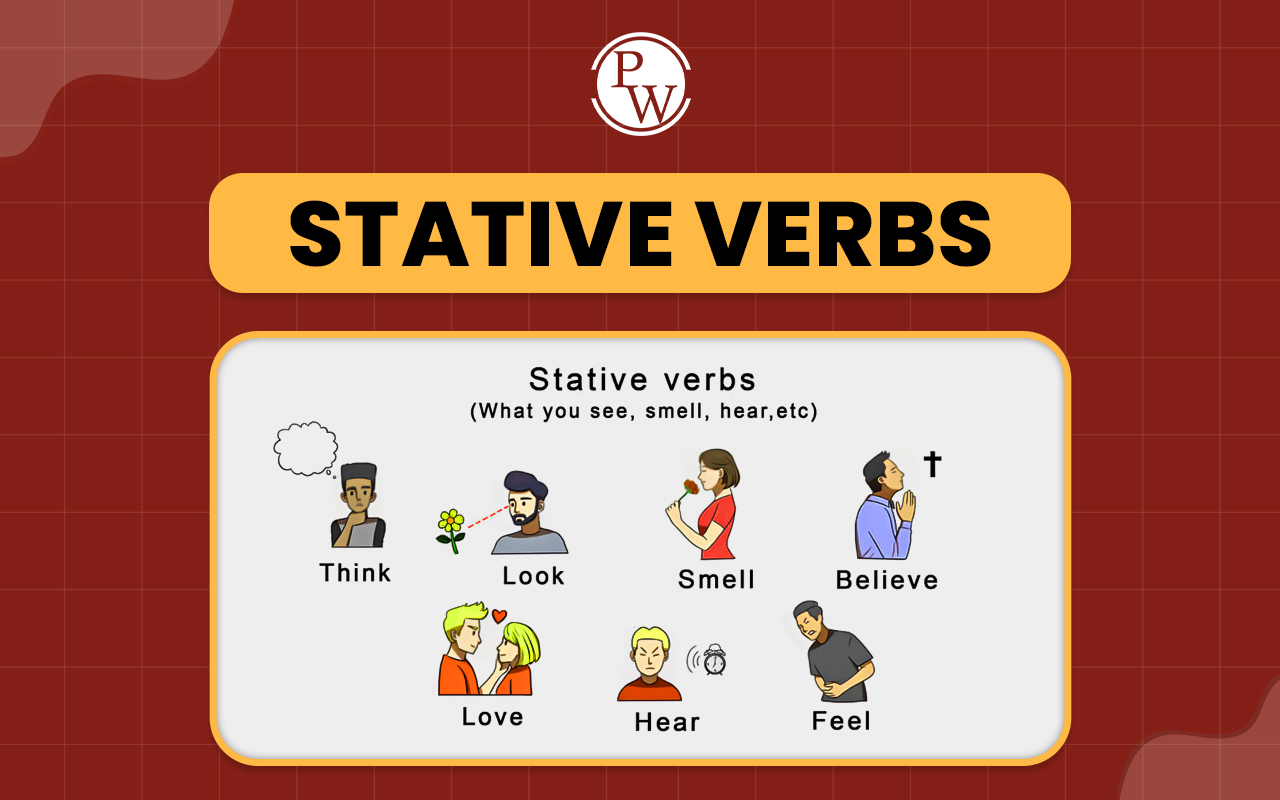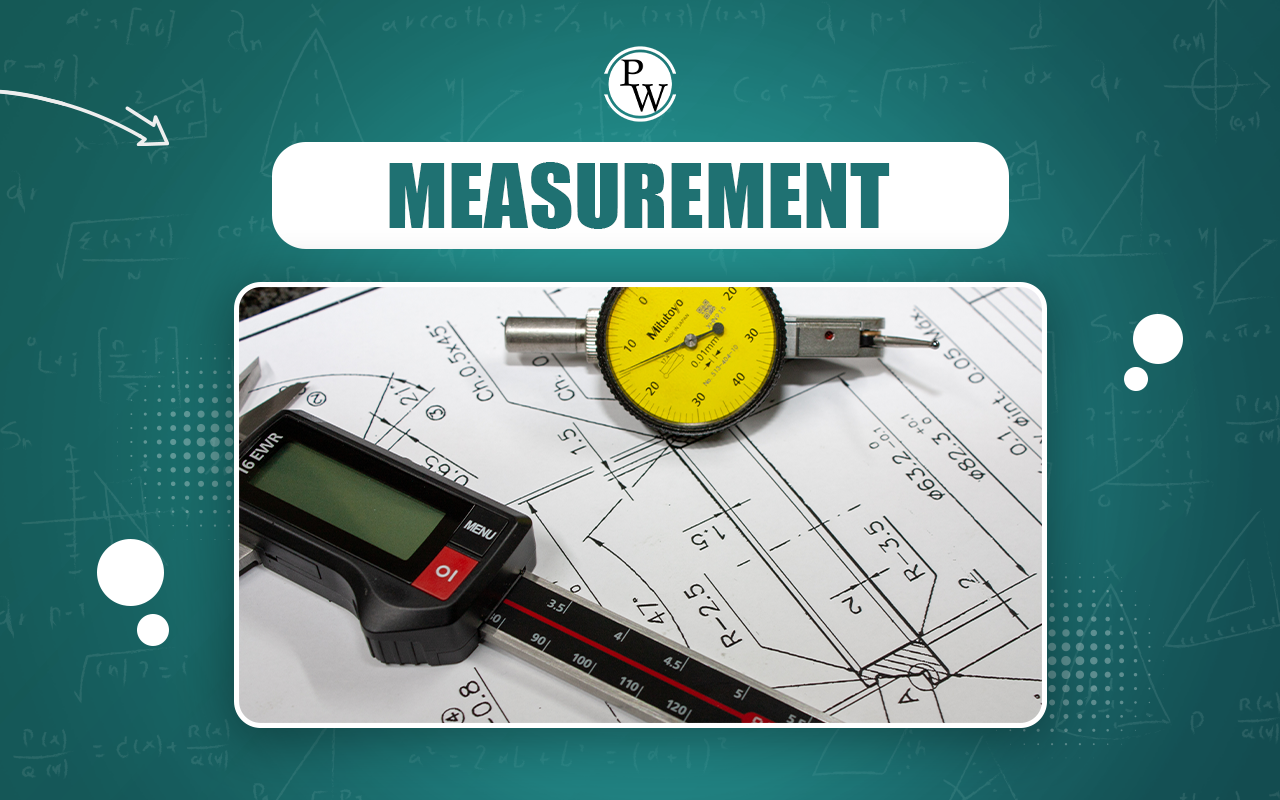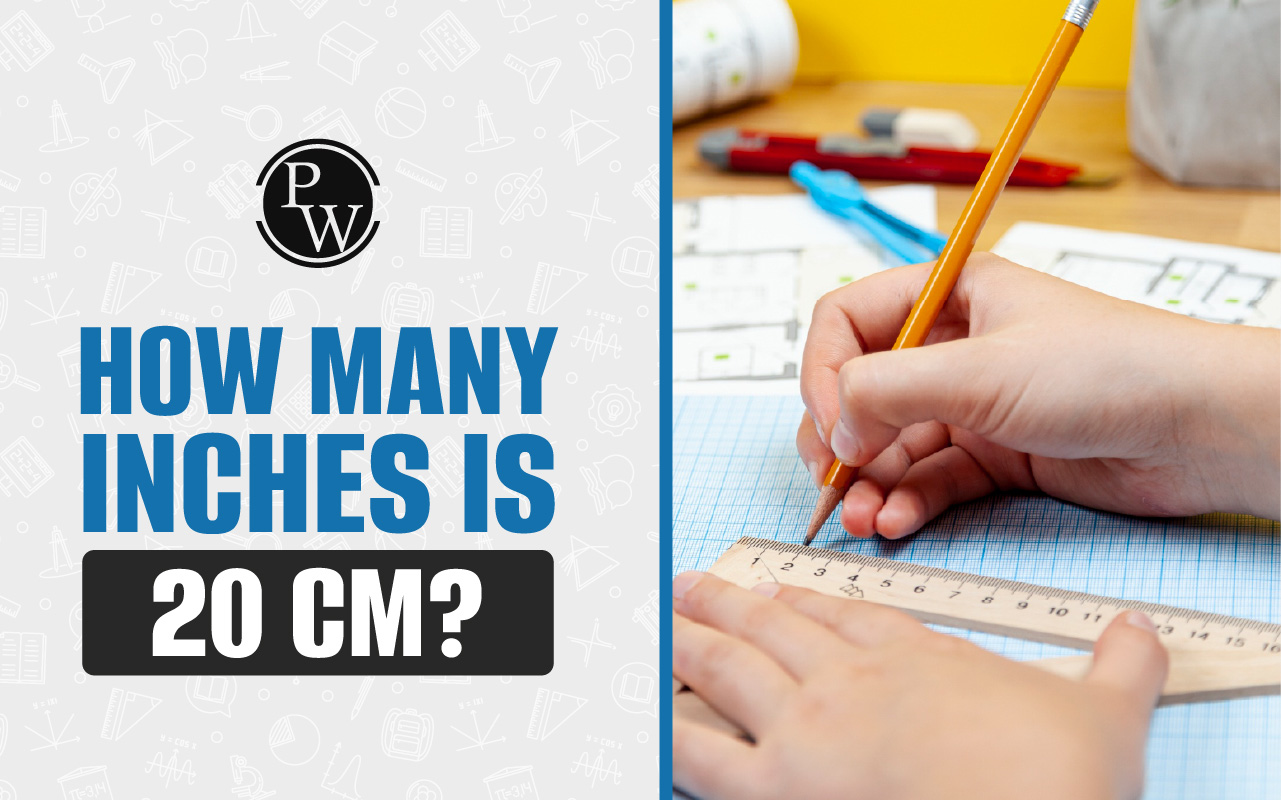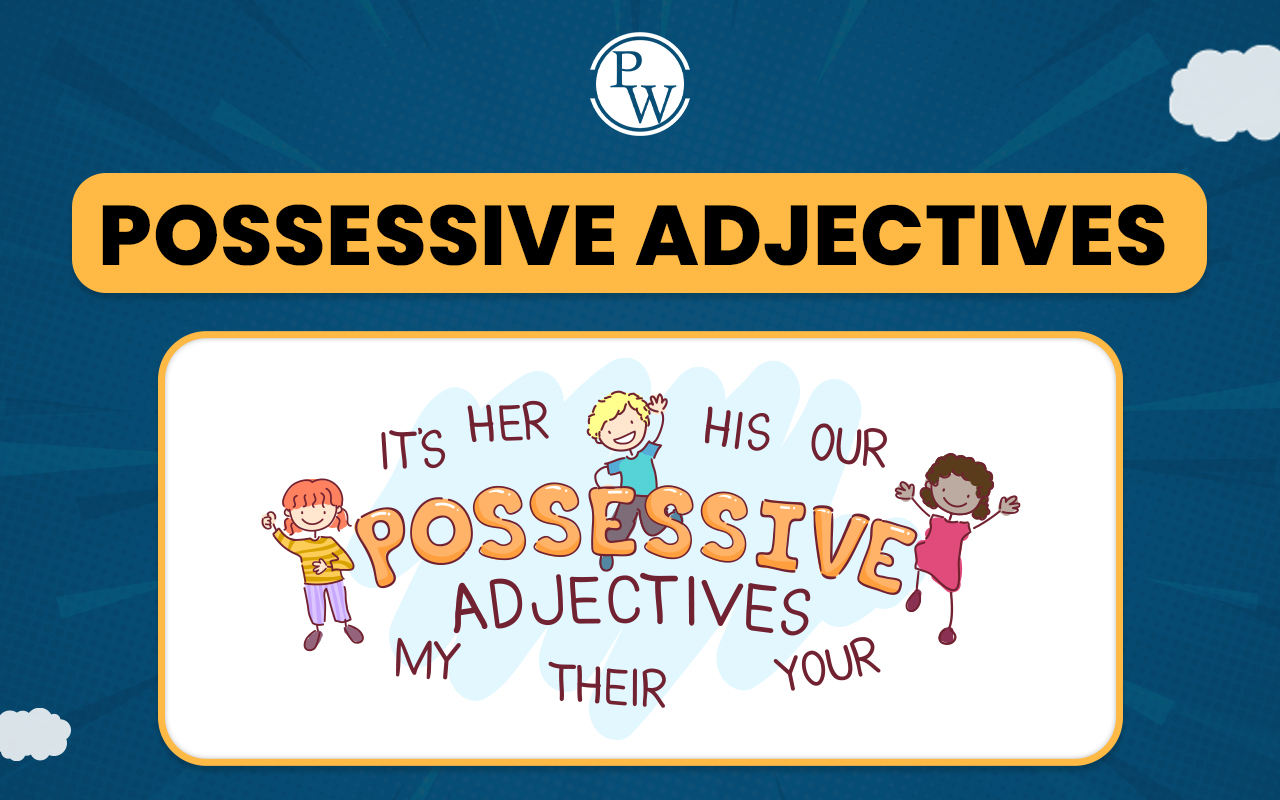

Stative Verbs: Stative verbs are an essential part of English grammar that describe a state of being, condition, or situation rather than a physical action or activity. Unlike action verbs that indicate dynamic movements like running or jumping, stative verbs convey more static ideas such as thoughts, emotions, senses, relationships, and possession. They are generally not used in continuous or progressive forms because they represent states that are constant or unchanging over a period. Understanding how to identify and use stative verbs correctly can significantly enhance your writing and speaking skills.
What Are Stative Verbs?
Stative verbs, also known as state verbs, are verbs that describe states, conditions, or feelings that are constant or unchanging over time. They refer to situations that exist rather than actions that occur.
Examples:
- I know the answer. (Mental state)
- She loves her family. (Emotion)
- The book belongs to me. (Possession)
- The cake tastes delicious. (Sensation)
Stative Verb Definition
The Cambridge Dictionary defines a stative verb as “a verb that describes a state and not an action.” Similarly, the Collins Dictionary states that it is “a verb describing a state rather than an activity, act, or event, such as know and want as opposed to leave and throw .”Stative Verbs Examples
- Emotion : She loves chocolate. ( loves describes her emotional state.)
- Cognition : I believe in miracles. ( believe expresses a state of thought, not action.)
- Senses : The flowers smell wonderful. ( smell refers to a sensory state.)
- Possession : He owns a beautiful house. ( owns indicates a stable condition of ownership.)
Key Features of Stative Verbs
Stative verbs are unique because they describe states or conditions rather than actions or events. They convey information about the subject's feelings, thoughts, relationships, or senses and are distinct in their usage. Below are the key features that define stative verbs:1. They Describe States, Not Actions
Stative verbs represent natural conditions or feelings that do not require active effort or movement. These verbs indicate states of being or possession rather than describing activities. Examples :- She knows the answer. ( knows describes a state of awareness.)
- He owns a car. ( owns refers to possession rather than an action.)
2. They Are Not Used in Progressive Forms
Unlike dynamic verbs, stative verbs generally cannot be used in the continuous ( -ing ) form because they describe ongoing states rather than temporary or evolving actions. Examples :- Correct: I believe in you.
- Incorrect: I am believing in you.
3. They Often Involve Emotions, Senses, or Relationships
Stative verbs belong to categories that reflect inner states, sensory experiences, or possession. These categories include:- Emotions : love, hate, want, need.
- Cognition : know, believe, think (opinion).
- Senses : see, hear, taste, smell.
- Possession : have, own, belong.
Commonly Used Stative Verbs List
Here are some of the most commonly used stative verbs you must know about:| Stative Verbs | Stative Verbs | Stative Verbs | Stative Verbs |
| love | hate | hope | need |
| want | believe | know | understnd |
| prefer | own | belong | smell |
| t a ste | see | he ar | adore |
When to Use Stative Verbs?
Stative verbs, like all verbs, follow the fundamental rules of English grammar. They can appear in active voice (e.g., She loves music ) or passive voice (e.g., Music is loved by her ). Additionally, stative verbs can be used across all 12 verb tenses , depending on the context. For instance:- Present Simple: He knows the answer.
- Past Perfect: They had believed the story before learning the truth.
- Future Continuous: She will still own the property next year.
- Correct: If she were here, she would help us.
- Incorrect: If she was here, she would help us.
Stative Verbs Practice Questions
Part 1: Read the sentences below and identify the stative verbs. Write your answers in the space provided.
- She believes in hard work. Answer: __________
- This dress belongs to my sister. Answer: __________
- I know the answer to the question. Answer: __________
- They have a beautiful garden in their backyard. Answer: __________
- The cake smells delicious. Answer: __________
- I am thinking about my next holiday. Answer: __________
- He feels confident about the presentation. Answer: __________
- The child is having a good time at the party. Answer: __________
- The soup tastes amazing. Answer: __________
- She is tasting the soup to check the flavor. Answer: __________
- I am knowing the answer to your question. Correct Sentence: ____________________________________
- She is believing in herself more and more every day. Correct Sentence: ____________________________________
- He is owning a car now. Correct Sentence: ____________________________________
Part 4: Complete the sentences using the appropriate stative verb. Choose from the list: ( know, belong, love, seem, have ).
- I _______ this song; it’s my favorite!
- That house _______ to my grandparents.
- He doesn’t _______ the answer to the riddle.
- She _______ tired after the long trip.
- The idea _______ reasonable to me.
Part 5: Write one sentence each using the following stative verbs:
- believe
- own
- hate
- know
- see
Verbs That Can Function as Both Stative and Dynamic
Certain verbs can function as both stative and dynamic , depending on their meaning and context. These verbs often describe mental processes, emotions, or sensory experiences when used as stative, but they become dynamic when describing active or ongoing actions.Examples of Verbs Used as Both Stative and Dynamic
- Think
Stative: I think it’s a great idea. ( think refers to a mental state or opinion.)
Dynamic : Everyone is thinking about their next move. ( is thinking describes an ongoing action or process.) 2. HaveStative: She has a pet cat. ( has expresses possession.)
Dynamic: They are having dinner right now. ( are having refers to an action in progress.) 3. SeeStative: I see your point. ( see refers to understanding.)
Dynamic: We are seeing a movie tonight. ( are seeing describes an activity.) 4. SmellStative: The flowers smell wonderful. ( smell describes a sensory state.)
Dynamic: He is smelling the flowers to check their fragrance. ( is smelling indicates an ongoing action.)
5. FeelStative: I feel tired today. ( feel describes a physical or emotional state.)
Dynamic: She is feeling the fabric to check its texture. ( is feeling refers to an action.)
The key to distinguishing between stative and dynamic usage lies in context. Stative verbs describe conditions or states, while dynamic verbs emphasize actions or processes.| Related Articles | |
| Auxiliary Verbs | Helping Verbs |
| Phrasal Verbs | Gerunds |
| Main Verbs | Possessive Adjectives |












